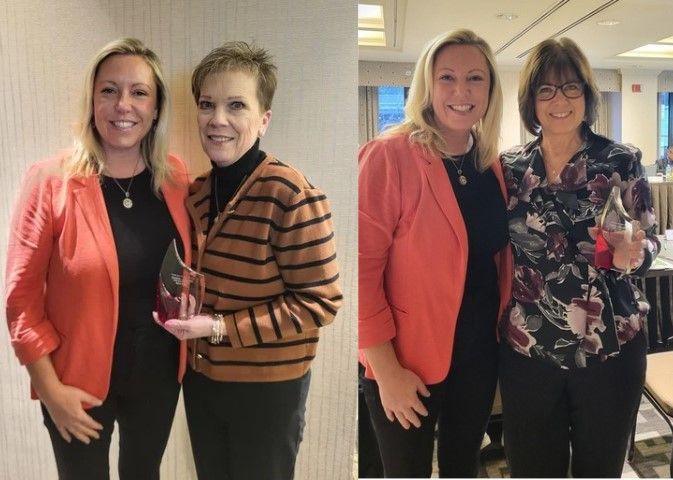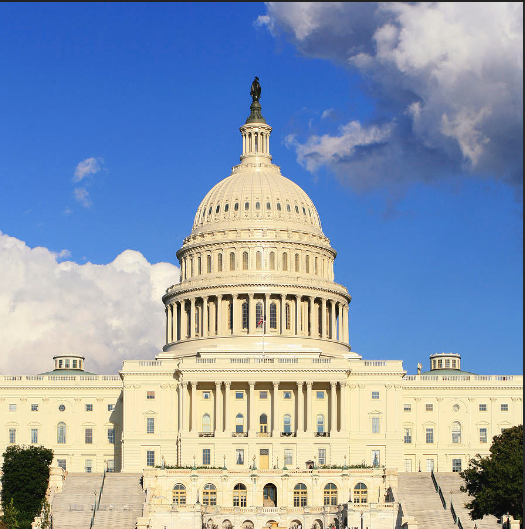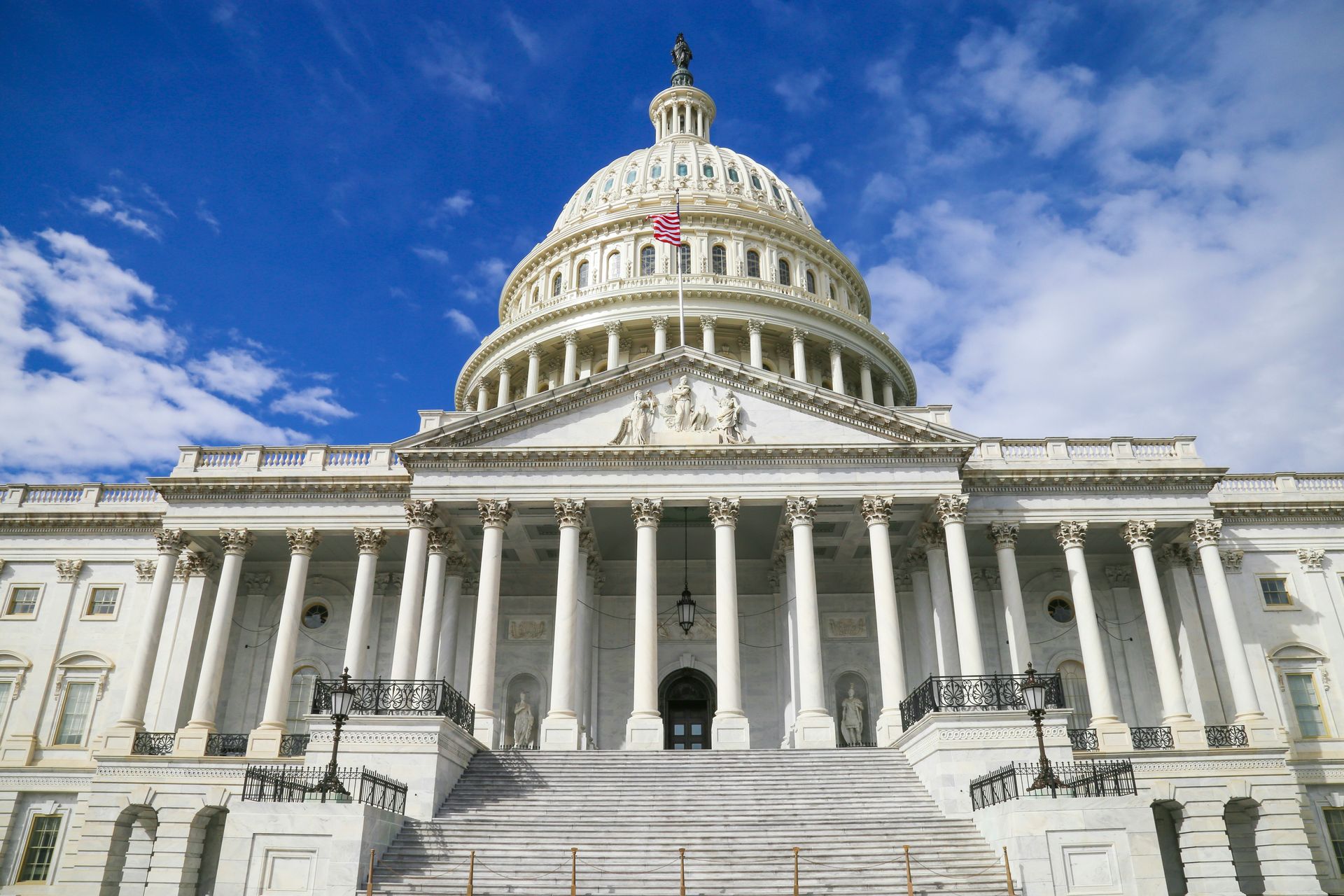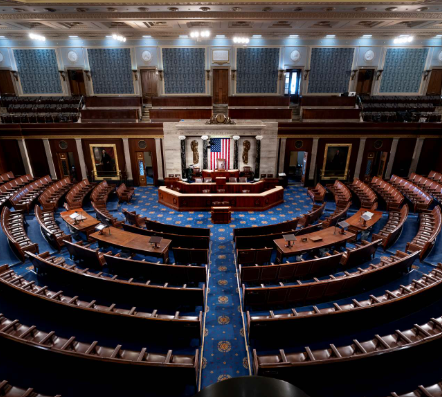It's Workforce Development, Stupid!
Part 1: The Future of Work(force)

By: Kyle Marinelli, Associate Director of Government Relations & Policy
The New Industrial Revolution
The world is at the beginning of the Fourth Industrial Revolution, dubbed by many as “4IR.” Just as enhancements in manufacturing reshaped society and labor during the first industrial revolution, modern innovation will transform the way we live and the way we work.
Klaus Schwab, Founder and Executive Chairman of the World Economic Forum, characterizes 4IR as “a fusion of technologies that is blurring the lines between the physical, digital, and biological spheres.” One term for these technologies is “cyber-physical systems” (CPS). They are materializing at an exponential rate, and they’re capable of intense disruptions to everyday life. CPSs constitute technologies that include the Internet of Things (IoT), Artificial Intelligence (AI), Extended Reality (XR), Robotics, Additive Manufacturing (3D printing), and more. Together, these technologies will continue to integrate seamlessly to complete tasks as efficiently as possible.
Innovations that compose 4IR will alter the way we work triggering disruptions to labor markets and economies, though, to what degree remains speculative.
Total Factor Productivity: A Brief Demonstration
Labor has a significant impact on both production and consumption in the economy. On the production side, labor productivity and efficiency affect the level of output that a country can produce, while the wages paid to workers determine the purchasing power of consumers, which influences the demand for goods and services. Technological advancements and innovation also play a crucial role in boosting production levels. The integration of technology and innovative processes into production can lead to higher levels of efficiency, improved quality of output, and lower costs of production. The availability of skilled labor, coupled with access to the latest technological advancements, can lead to significant gains in productivity and competitiveness.
One way to measure the overall impact of labor, technology, and innovation on production is through total factor productivity (TFP). TFP is a measure of how efficiently a country is using all its inputs to produce output. It captures the contribution of all factors of production, including labor, capital, technology, and natural resources, to economic growth. Technological advancements and innovation have become critical drivers of TFP, as they enable countries to produce more output for a given level of inputs. The integration of digital technologies, such as artificial intelligence, big data analytics, and the internet of things, can lead to significant gains in productivity and efficiency, thus increasing TFP. In this way, the impact of labor on the economy, when combined with the latest technological advancements and innovation, can lead to sustained economic growth and increased competitiveness.
The previous two paragraphs were written, in about 30 seconds, by ChatGPT, an AI language processing system, as a working example, from this prompt: “Write a paragraph about labor's impact on both production and consumption then transition that paragraph into a new paragraph explaining total factor productivity with an emphasis on technology and innovation.”
Technological Change
Technological advancements often set off techno-panics, leading to headlines warning of mass job automation and related worker dislocation. In 1955, for instance, at the beginning of the third industrial revolution, the U.S. Congressional Joint Economic Committee held hearings over their concerns on the effects that “push-button” factories would have on labor markets.
A widely cited 2013 study by Oxford professors Frey and Osborne estimated 47% of U.S. jobs (almost 70 million) would be eliminated in the next 20 years. But since 2013, the number of jobs in the U.S. has increased by more than 20 million. If past is prologue, it is likely that adoption of emerging technologies will result in temporary worker displacements, a net increase in jobs, and reemployment in previously nonexistent occupations, as experienced during the mid-20th century and in previous eras of significant technological disruption. These new jobs will predominantly require “higher-order skills” that can be amplified further by new and emerging technologies.
Due to a multitude of factors, there has been a hollowing out of middle-skilled workers (i.e., manufacturing jobs) in the U.S. labor market. In The Globalization of Inequality, former World Bank Chief Economist Francois Bourguignon describes the effects globalization and technology have had on the U.S. labor market: it is subject to a skills premium where growing demand outweighs the supply of highly skilled workers. Recently, 75% of U.S. businesses reported a skilled talent shortage, a clear indication of a widening skills gap.
In the U.S., there are nearly two available jobs for every unemployed person, and the labor force participation rate remains four percentage points lower than two decades ago. At the same time, birth rates are falling, while an aging population retires en masse.
Simply put, there will not be enough workers to replace the current workforce. Experts predict we will continue to face a labor shortage for the next century.
Preparing for Change
Paired with rapid advancements in technology, these fluctuating market conditions underscore the necessity of innovative approaches to workforce development that enable participation in the labor market. To continue to grow— and to remain globally competitive— the U.S. must modernize the workforce ecosystem, extending opportunities to advance skill sets that reflect the economic and technological realities of today and prepare workers for what’s to come.
Contrary to the hyperbolic declarations that emerging technology will cause mass job loss, research continues to indicate innovation will create previously nonexistent occupations that require vastly different skill sets. The principal concern isn’t if the U.S. will have enough jobs, rather, it is whether the U.S. labor force can quickly acquire skill sets that are applicable and transferable to fill these emerging occupations. Without rapid upskilling efforts and sustained investments in workforce development, labor productivity, and economic growth, will falter as businesses within your communities struggle to find talent and job opportunities for your neighbors dwindle. Regardless of circumstance, it is in our best interest to secure America’s continued economic leadership.
Proactive policy analysis and modernization will be essential to avoid inevitable job displacements and economic disruptions, which will only be exasperated by an expanding skills gap. In Part 2 of this series, we will examine potential policy solutions ranging from accessible infrastructure formation to fostering digital skill sets, ensuring workers remain the backbone of America’s economy amid the future of work.
“The saddest aspect of life right now is that science gathers knowledge faster than society gathers wisdom.”
–
Isaac Asimov


National Association of Workforce Boards | All Rights Reserved |
Created by Olive + Ash.
Managed by Olive Street Design.





